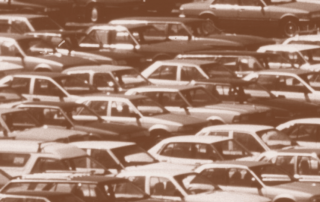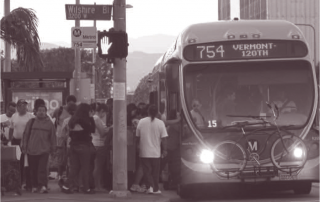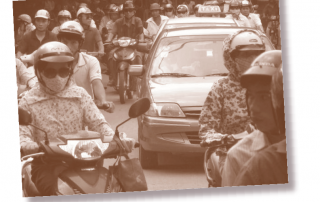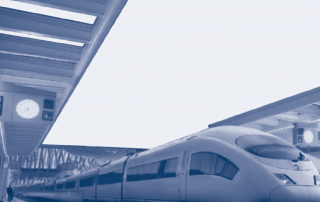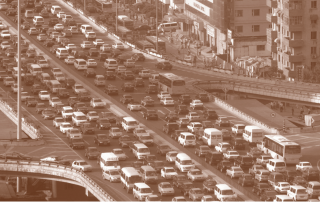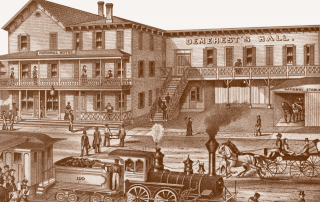ACCESS 37, Fall 2010
Introduction
Donald Shoup
Academic research in transportation may require years of work before the author eventually publishes the results in a professional journal. Developing a theory, collecting relevant data, and conducting rigorous statistical tests are usually necessary before an article is accepted for publication. Then what happens? If the author is lucky, fellow academics and their students will read the article and discuss it. The transportation planners and elected officials who might be able use the results to improve our transportation system, however, will probably never see the article or even hear about the research.

